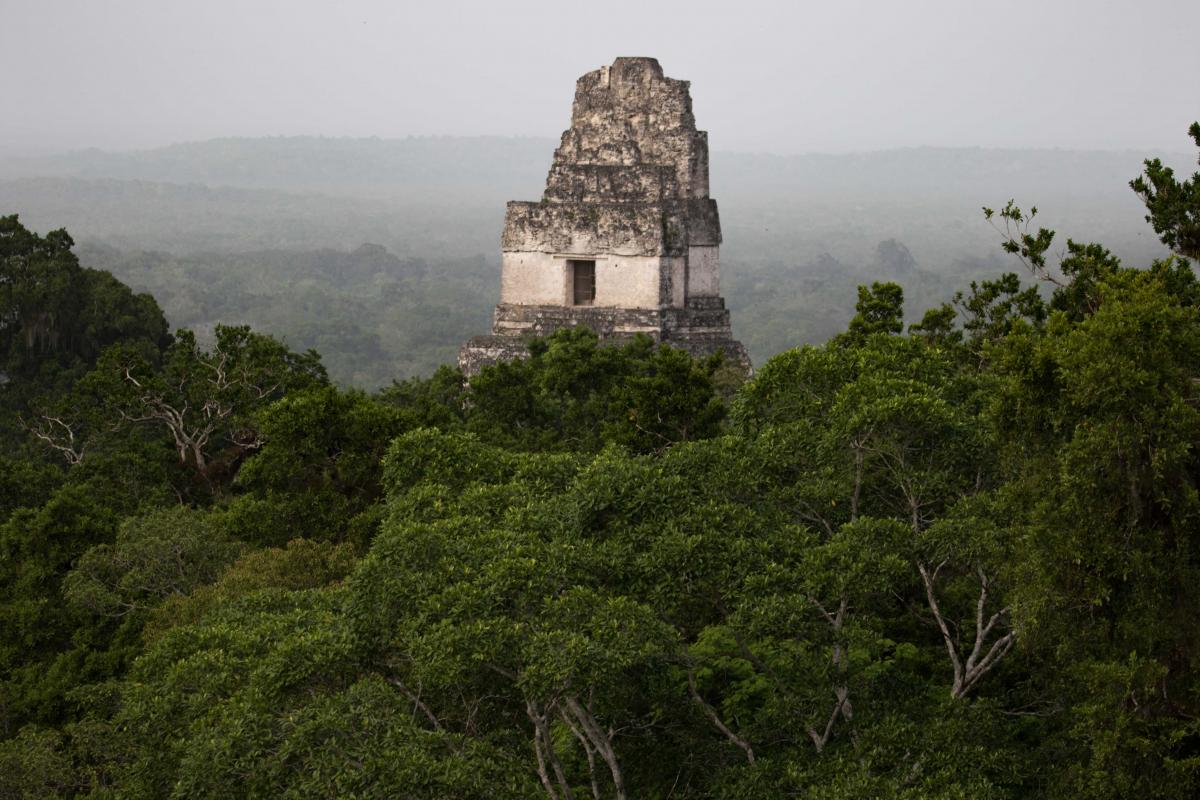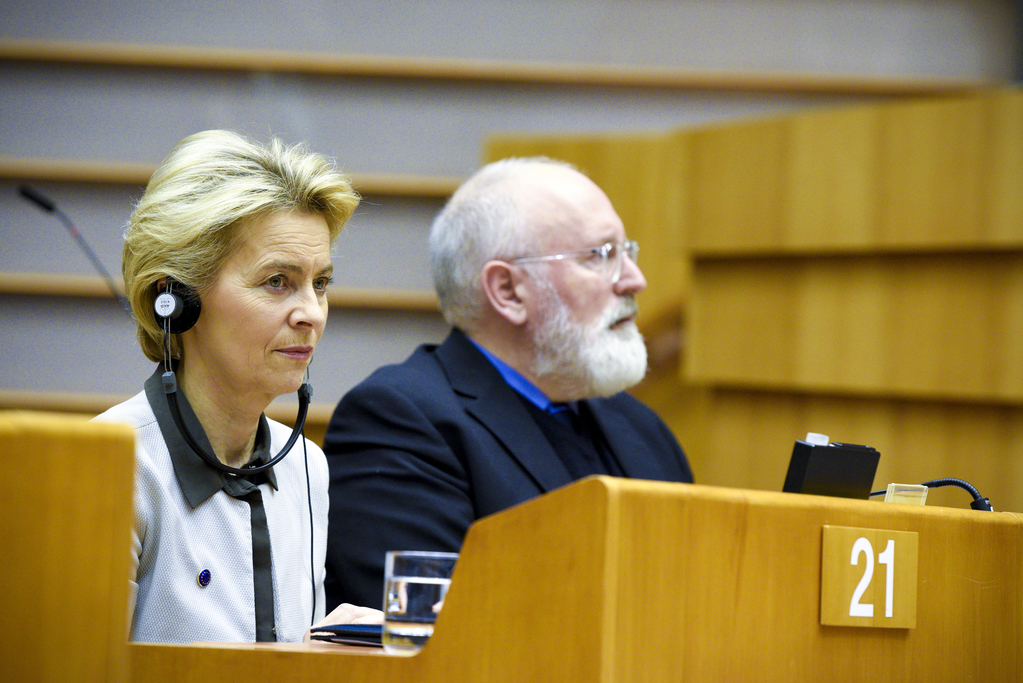Environmental assessments: biodiversity and indigenous people at risk
Though Environmental Impact Assessments (EIAs) and Environmental and Social Impact Assessments (ESIAs) can be useful tools they often fail to protect biodiversity and indigenous people. This paper describes some of the reasons and suggests some solutions.
The International Association for Impact Assessment (IAIA) defines an environmental impact assessment as "the process of identifying, predicting, evaluating and mitigating the biophysical, social, and other relevant effects of development proposals prior to major decisions being taken and commitments made." http://www.iaia.org/
Environmental assessments have been required in the US since 1970 when the National Environmental Policy Act (NEPA) created a requirement for environmental impact statements (EISs) for federal projects. The practice soon expanded to the use of environmental impact assessments (EIAs) for other projects expected to impact the environment, some are mandated, some are voluntary. Proponents must create a document describing details of their proposed actions, the need for the project, its predicted physical, biological and social impacts, alternatives for avoiding and mitigating adverse impacts, and plans for mitigating and monitoring impacts. After independent review and public comment, projects are either approved, require modifications, or denied. An EIA is both a document and a process. The proponent and the goverment have obligations for monitoring the outcomes.
Over the years other countries and development agencies began to require EIAs before approving projects. There are now specific guidlines for EIAs for different kinds of activities such as energy development . As the importance of social impacts was recognized, assessments termed Environmental and Social Impact Assessments (ESIAs) were developed to assure that cultural impacts would be studied and there would be consultation and agreement with impacted communities. Recently Strategic Environmental Assessments (SEAs) were created becasue it was recognized that countries would benefit from a national process for policy and planning prior to the project assessment stage. Through mapping, land use planning, and natural resource assessment a country will have a basis for evaluating specific projects and predicting cumulative impacts. It is important for all involved, especially NGOs and community representatives, to understand the importance establishing and utilizing these two types of assessments.
Despite widespread use, inaccurate, incomplete, or misleading EIAs and ESIAs of have been used to justify projects that should never have been approved. There are many reasons for this. Around the world government programs requiring environmental assessments are inconsistent and often inadequate. Countries adopt their own laws and programs with different levels of scope and enforceability. It is hard for both community members and government decision makers to understand what should be in place to protect communities and the environment, much less argue for better compliance. Characteristics of poor assessment documents include omissions or errors of fact; failure to follow standard
practice; failure to incorporate legally binding instruments into the document; poor consideration of alternatives; and failure to require monitoring by the proponent or oversight by government after approval. Sadly, climate change is often not even addressed in requirements. And social impacts present some of the most frequent problems because their importance has only recently been acknowledged. Ignorance of indigenous rights and cultural impacts contribute to this. Shifts to a market economy can negatively affect gender roles.
Governments can be part of the problem if their environmental assessment programs are weak or lack funds for post-approval follow-up or enforcement of performance obligations. Some countries do not require binding and auditable commitments.
The weaknesses of the EIA system are finally being acknowledged. Discussing the common challenges faced by countries and international organizations that seek to develop effective assessment programs, Cheryl Wasserman, Associate Director for Policy Analysis, Office of Enforcement and Compliance Assurance, USEPA, wrote:
“However, full realization of the environmental, social and economic benefits of Environmental Impact Assessment requirements cannot be achieved without significant improvements in environmental governance. There is widespread recognition that follow-up monitoring and enforcement of commitments to mitigate and monitor are weaknesses in both developed and developing countries2. Furthermore, an unknown number of projects are constructed without having gone through EIA procedures resulting in damage to sensitive resources that might otherwise have been avoided if there were sufficient consequences to deter these practices.” (http://inece.org/conference/9/proceedings/57_Wasserman.pdf)
Here are a few examples of problems that have been identified.
Herakles, a US based corporation, is planning a 70,000 hectare palm oil plantation in Cameroon and actually began planting before its EA was approved. Among the many weaknesses, Herakles’ Environmental and Social Impact Assessment did a poor job of consulting impacted communities and though it admitted that animals will either die or flee their plantation’s clearcut areas into adjacent protected areas, disrupting the balance of nature the national park works to maintain, it proposed no mitigation. Critics brought these concerns to the Roundtable on Sustainable Palm Oil (RSPO) because some are violations of RSPO’s Principle & Criteria. The RSPO then told Herakles to hold back from clearing more land until concerns have been settled.
An independent review of assessments for the Tampakan Copper-Gold Mine in the Philippines found that the EIS did not address the severe impacts on local populations in this area of high seismic activity. This highlights the importance of requiring an ESIA.
“Its stakeholder and economic analysis, risk assessment and resettlement plans were badly flawed. Xstrata failed to discuss their project properly with either the Secretary (minister) of the Department of Agriculture (DA) or the Administrator of the National Irrigation Authority (NIA), representing major stakeholders. The DA/NIA have publically opposed as it will mine will negatively impact food security. Unfortunately the ESIA is not mandated under Philippine law which requires an EIS (Environmental Impact Statement) and the EIS does not include the same level of detail as the ESIA and hence some of the risks to life and the environment shown in the ESIA are not highlighted. To avoid this problem in future the reviewers recommend that the Philippine Government mandate the use of ESIAs and require them to be tested by an expert independent review body.“ http://www.piplinks.org/system/files/ESIA+SMI+Xstrata+Tampakan+2011+CommentsRevised+03+July+2012.pdf.
The importance of independent review of ESIAs and the need for improvements is highlighted in a review of the Suriname Bakhuis bauxite mine. The four goals of the review were the following:
“First, the document seeks to help people who may be impacted by the Bakhuis bauxite project to understand what the impacts of the mining may be, how to prevent or minimize these impacts, and how the impacted communities might ensure that the potential benefits of the project outweigh the potential damages. Second, although the project remains on hold as of the drafting of this Chapter in September 20091, this document is designed to assist the impacted communities should the project resume. Third, the following chapters review the (draft) ESIAs2 produced by SRK in early 2008 for the Bakhuis bauxite mining project and show how their deficiencies may be rectified. This is especially critical if the ESIAs – or parts thereof – are used by future developers. Fourth, an important complementary goal is to enable joint learning on how to embark properly on ESIAs regarding projects that affect Indigenous and Maroon Peoples so that the ESIA process in Suriname will be strengthened. In conclusion: The wider message is that, given such unfavorable -- but mercifully very rare combination of circumstances -- today’s standard ESIA process cannot withstand the combination of environmentally skeptical proponents, weak governance, little regulation, and an unenthusiastic ESIA team. If proponents want to get away with shoddy impact assessments, it is up to government to stop them and insist on prudent standards in their country. International standards for impact assessment need to be overhauled. Development agencies, the UN, and impact assessment professionals (e.g., IAIA) will have to ramp up their efforts if similar cases are to be prevented in the future. As the world is already reeling from environmental pressures (climate change, the water, food and economic crises) time is short.” (http://www.reports-and-materials.org/Suriname-Bakhuis-bauxite-mine-impact-assessment-Sep-2009.pdf)
Have challenges to EIAS ever had any effect? Yes, but often the projects proceed after small changes are made.
“Typically it is only the courts that can halt progress on a project that is moving forward without EIA approval i.e. injunctive relief. However this is a costly consequence and one which is understandably undertaken only with great reluctance. However, just last year, Thailand’s relatively new Administrative Court called a halt to 76 projects in the Ma Ta Phut industrial estate when a citizen group challenged their construction without having gone through the EIA process. This sent shock waves throughout the region, given the costly impact of stopping construction, particularly on this large a scale. In this instance after an adjustment of the list of toxic chemicals triggering the EIA process from 18 to 11, the number of halted projects was whittled down to 2, but this impact has been felt regardless. A court’s willingness to impose injunctive relief to stop construction while the project proponent complies with EIA requirements may not offer sufficient disincentive for a project proponent to comply with EIA requirements. Although delay is a cost, some still may be willing to incur the risk of getting caught.” (http://inece.org/conference/9/proceedings/57_Wasserman.pdf)
Rules and tools exist to help us evaluate and criticize bad proposals. People and nature are at great risk these days and there is a great need for NGOs especially to do all we can to help stop bad proposals before they are even started.
RESOURCES
The International Network for Environmental Compliance & Enforcement (http://inece.org/). This is a network of over 4,000 government and non-government environmental practitioners from over 150 countries. Founded in 1990 by the environmental agencies of the Netherlands and the United States, in partnership with UNEP, the European Commission, the World Bank, the OECD and other organizations, INECE is the principal global network of independent experts dedicated to pursuing the rule of law, good environmental governance, and sustainable development at all levels of governance, local to global.
“Good Practices for Enforcing Environmental Impact Assessment Requirements” ihttp://inece.org/eia/EIARoundtableSummary.pdf. A report of a roundtable discussion on held on In February 15-29, 2012. People from around the world addressed specific challenges in coordinating the EIA process with the actions of the government and non-government actors who monitor the implementation of projects and enforce environmental performance requirements.
The World Bank Environmental Assessment (EA) Policy is an Operational Directive (OD) 4.01, introduced in 1989. It was updated in March 2007. http://go.worldbank.org/3LBMXIFF20 “OP/BP 4.01 applies to any Bank-financed or implemented investment loan if there is the potential for that project to result in adverse environmental impacts. It is also designed as a tool to improve project performance and to enhance the quality and sustainability of projects. It does so by providing the guidance that allows borrower decision makers and Bank operational staff to ensure that the project options under consideration are environmentally sound and sustainable. “
The Forest People’s Programme has published a “Clear, illustrated guide by FPP explaining key provisions of the World Bank's safeguard policy on Indigenous Peoples. Drawn from FPP's own reading of the policy's mandatory requirements, the guide aims to inform affected peoples, their representative organisations and supporters about the policy. It explains how to improve, monitor, question or challenge Bank projects if affected communities consider the Bank is not following its own rules and has not respected the communities' rights.” http://www.forestpeoples.org/topics/responsible-finance/world-bank/indigenous-peoples-policy-od-420-obbp-410 .
Doris Cellarius, CEESP Member



